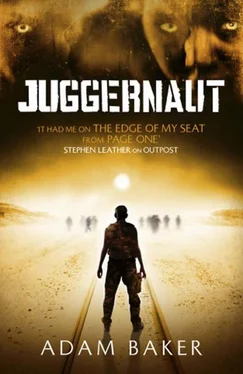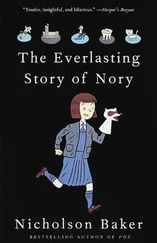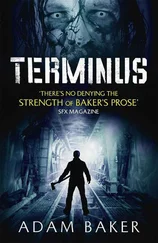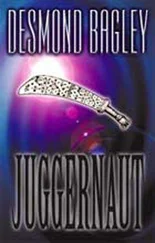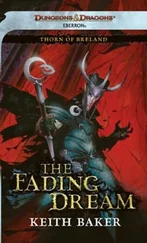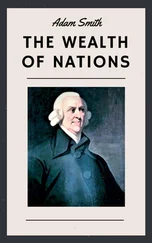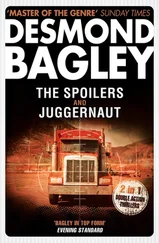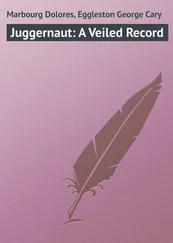The massive engine eased to a halt beside us with an explosive roar of air-brakes.
It took us a full hour to lower the spacecraft onto a flatbed wagon. I estimate Spektr weighed fifty or sixty tons. The wagon creaked as it took the load. The rails flexed. Sandstone shingle beneath the sleepers crackled like gunshots as rocks were crushed to powder.
We lashed nets over the orbiter as quickly as we could. We wanted to shield the craft from satellites and planes.
I sent men ahead of us in a jeep to make sure railroad switches were set for our journey to the valley.
I scanned the sky with binoculars. That’s when I saw it. A distant speck to the west. A Predator reconnaissance drone. Ghost grey. Miles out. Circling like a vulture.
I told everyone to get moving.
We abandoned the crane trucks. Too heavy to salvage. We left them to sink into the sand.
Some of us rode an empty flatbed wagon. The rest followed in trucks and jeeps. The convoy kept pace with the locomotive for a while, lurching over dunes, then gradually fell back. They knew our destination. They would catch up.
The locomotive laboured to pull the heavy load. The five-thousand horse-power motor revved and growled. Drive wheels shrieked each time they lost traction and span.
The sun set. Rusted brakes and axles sparked beneath us, flickering red as if the infernal locomotive were riding on a wave of flame.
I sat crossed-legged on the rail truck. I radioed Koell. I told him about the drone. He told me not to worry. From a distance, Spektr looked like a crashed Mig. Just another hulk. The battle for Iraq would be fought down south. No coalition image analyst would worry about handful of troops salvaging a wrecked plane.
There was nothing I could do. If the Americans dispatched an F15 or Apache Longbow, there would be no warning. We wouldn’t hear engines. My world would wink out mid-breath, mid-thought, as TOW missiles slammed into the train ripping us to offal.
We reached the hills in the last dying light of day. The cliff carvings, the colossal sentinels, lit blood red. We stood and stared as the locomotive towed us between the two great figures and carried us into the darkness of the tunnel mouth.
Spektr was swallowed by shadow, ragged wings barely clearing the tunnel walls.
We were enveloped by a sudden cave-chill. Dancing flashlight beams illuminated the vaulted concrete of the tunnel roof as it passed overhead.
A brief mutiny. Three of our number, spooked by the tunnel darkness, became convinced we were travelling to our deaths. They wanted to head back to Baghdad. Uncouple Spektr at the first opportunity.
One of the men seized my lapels and screamed in my face. Called me a madman. I pushed him away and drew my side arm. I was sick with fear. For the first time in my life, I would have to kill a man face to face. Look him in the eye as I extinguished his life.
There was a gunshot. Muzzle-flare, like a camera flash. The man fell dead, shot through the heart.
Captain Hassim, my second in command, holstered his smoking pistol.
Blood trickled between wagon planks. We edged away from the body.
After a while, amplified engine noise felt like someone drilling into my head. I tore some paper and plugged my ears.
We emerged from the tunnel and saw the citadel for the first time. I’m not an imaginative man. I’m not prone to fancies. But the jagged ramparts of this dead city made my skin crawl. It felt like someone was watching our approach. A sardonic, mocking intelligence old as humanity itself.
I radioed the driver. I told him not to stop until we reached the mine.
The train slowly crossed the valley floor. We stood in silence and contemplated the ancient citadel as it passed by.
The valley narrowed, and we found ourselves travelling slowly down a high ravine. Walls so tight and sheer the floor of the canyon would receive a few minutes of sunlight each day then lapse into twilight.
I looked up. A narrow strip of evening stars overhead.
The locomotive slowed to a stop. The engine cut off. Sudden silence.
‘This is it,’ radioed the driver. ‘This is the mine.’
I jumped from the wagon and walked alongside the track.
At first it seemed we had a reached a dead end. The tight ravine terminated in a sheer cliff wall. But when I reached the front of the locomotive I saw a wide tunnel mouth arched by a concrete buttress. No mine buildings, no machinery. Just a tunnel bored in bedrock.
The railroad forked at the tunnel entrance. Multiple lengths of track headed into shadow.
I told the men to remain on board the train. I took a torch and explored the mine tunnel.
My flashlight beam played over ore wagons, box cars and carriages gathering dust. Abandoned rolling stock.
I followed the tracks into darkness.
The tunnel was two hundred yards long. It opened into a wide cavern. Archways led into darkness.
An object like a thick tree-trunk draped in heavy canvas lay on the cavern floor. I dragged the tarpaulin aside. A Scud-B missile. The service panels had been removed. It had been gutted for parts. The guidance system was gone. The fuel tanks and turbopumps were crusted with leaked oxidiser and kerosene.
I wasn’t remotely surprised to discover a neglected weapon. Iraq was a militarised state. Everything had a dual purpose. Every aspect of life, on some level, served Saddam’s imperial ambition. Universities churned out intelligence officers. Car plants serviced tanks and milled bombs. I already knew that the mining industry had been structured to manufacture chemical weapons. The discovery that the rail network had been used to hide missile batteries in crude silos during Desert Storm was entirely unremarkable.
I gave orders. Check the Scud. Make sure the tanks were dry. Detach the warhead. Remove the impact and proximity fuses. Drag the payload out of the cavern. Roll the body of the missile aside.
I radioed the convoy. I asked for a situation report. They had lost two vehicles during their journey across the desert. A couple of APCs sank into the sand. They had been stripped of equipment and abandoned. The remaining vehicles were approaching the valley entrance.
I walked from the mine tunnel, along the length of the high ravine to the valley. Night had fallen. I flagged my flashlight back and forth as the convoy approached, kicking up a moonlit dust cloud.
The trucks and jeeps came to a halt. I suggested we camp in the citadel ruins. The men refused. Monumental walls, towers and ramparts lit by cold starlight. They declared they would rather die than go near the place. I was secretly relieved. The ruins filled me with an unaccountable dread.
I ordered the men to make camp. They unloaded equipment on a stretch of open ground. They covered their tents and vehicles in camouflage nets.
I returned to the mine tunnel. Four of my men had released lock bolts and removed the Scud nose cone. They improvised a sling from a couple of field jackets. They carried the warhead from the cavern and dumped it in a freight wagon.
The locomotive rumbled to life. It slowly advanced. The Spektr tail fin scraped the tunnel arch, bringing down a shower of rock chips and stone dust.
The driver made use of double track and points to uncouple the locomotive, back up, and shunt Spektr into the cavern.
I had the men set up battery lights against the cavern walls. The orbiter sat at the centre of the wide chamber, ringed by light.
I had the men bring tools. I was anxious to open the scorched space vehicle and find what lay inside.
My first task was to conduct a visual survey of the craft. I climbed a step ladder and examined the tail section. The rudder was broken. The main engine cones were crushed. There was a big gash in the hull. Quartz-fibre heat-tiles ripped away, steel skin peeled back revealing the engine bay and combustion chambers. I powered up a video camera and leant into the compartment. Zoom and pan. Orbital manoeuvre exhausts. Pipe work and clusters of spherical fuel tanks. Plenty of sand. Plenty of heat damage.
Читать дальше
